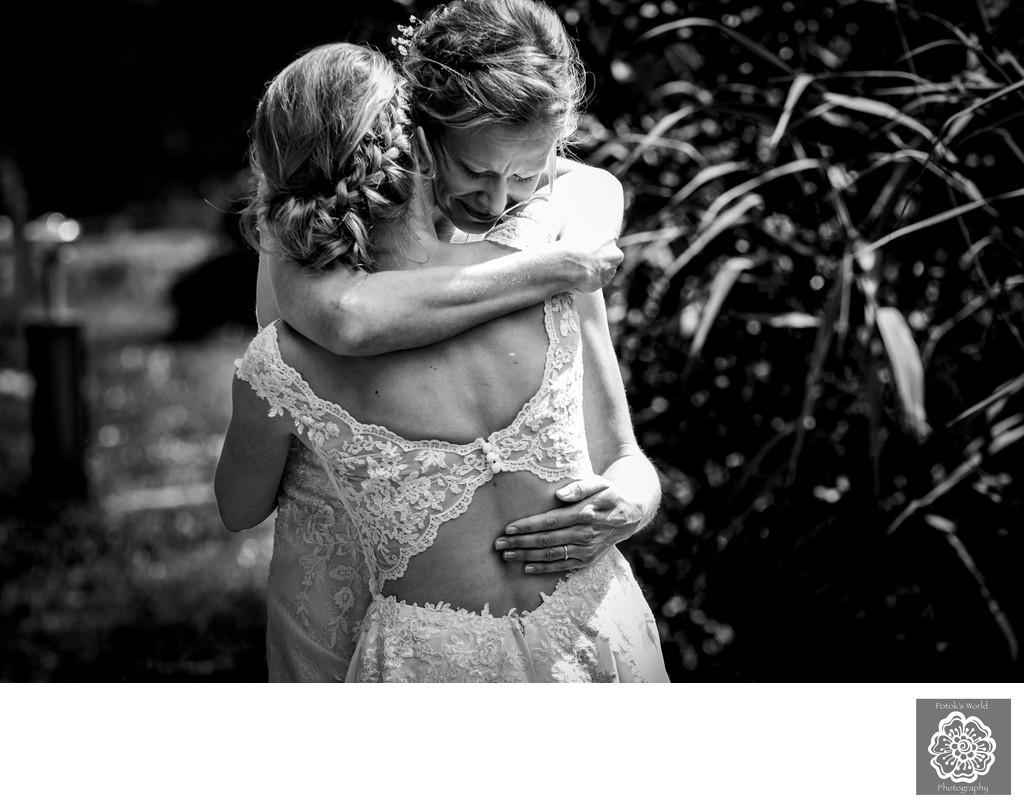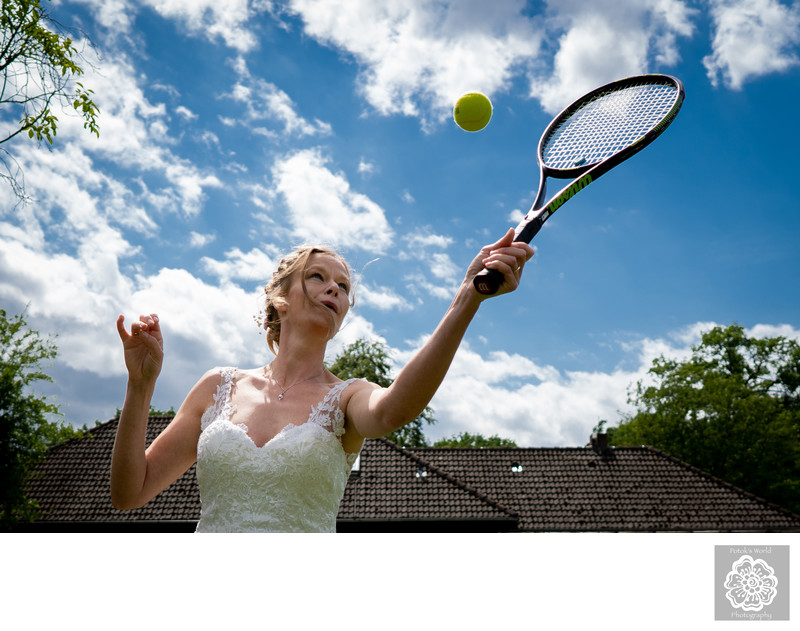
Do you plan to ask each DC destination wedding photographer you contact about their use of color versus black and white? If so, you are not alone. Many of the folks who contact us about photographing their nuptials want to know more about this.
But most of the questions we get concern whether we plan to employ this photographic style. Very few people ask us why we would make that choice. That is a bit of a shame. And not just because we enjoy talking about the way we approach our job! (We are very passionate about what we do. As such, we are always happy to explain the principles that guide our creative choices.) No, the main reason we wish more people would ask us about this is because the answers can help you appreciate your photos more. Why? Because armed with that knowledge, you will better understand the choices that your destination Washington DC wedding photographer makes. And in our experience, clients who can look at a photo and grasp the thinking that went into it tend to also be happier with the images they receive.
There are two main reasons why we (or any other DC wedding photographers, for that matter) will render certain of our pictures in black and white. The first is technical in nature. Certain portions of a wedding day require us to photograph in low-light settings but without external lighting. A good example of such a scenario is a ceremony taking place inside a dimly lit church. Most houses of worship do not permit flash photography during the performance of wedding rites. Which is not a problem at all for us! Our Nikon and Sony cameras have excellent photographic capabilities and can get tack-sharp images in even the poorest light.
The challenge, however, is something known as grain. To ensure proper exposure in lower-light scenarios, we can adjust any of three of our camera settings. The first is the shutter speed. Slower shutter speeds let in more light. Unfortunately, they also fail to “freeze the action” when people are moving. That can lead to images that are blurry and out of focus. The second is the aperture. Wider apertures allow more light into the camera. At the same time, they make the lens’s depth of field shallower and less of the scene in focus. In extreme cases, only a single point is sharp. That is undesirable in a dynamic and multilayered scenario like a wedding ceremony. The final option is ISO. Higher ISOs let more light onto a camera’s sensor. The downside is that a picture’s pixels get more blobby as it increases. Those blobs are called grain and tend to reduce an image’s overall attractiveness.
For a variety of technical reasons, editing images in black and white reduces their graininess. It makes them look less muddy and more defined. That is why we (and again, every other wedding photographer) typically make low-light images black and white.
The second reason why we will use this photographic editing technique is an artistic consideration. In our opinion, black-and-white images are better for highlighting the emotions in a scene. Colors can enliven a photo and make it a visual feast for the viewer. At the same time, they can pull your attention away from the scene’s main point of focus. A great example of this is a couple’s portrait with a beautiful sunset in the background. Rendering that in color is a must, because the colors of the sky are an integral part of the beauty of that scene. Your eye is drawn to that part of the image, of course. But that is what is supposed to happen.
In other scenes, the colors are either not that spectacular or not vital to what is being captured. The latter is particularly true in scenes with significant emotional content. The story is not the beauty of the setting. It is whatever the people in the image are feeling. You should focus on that and nothing else. In those cases, a colorful background can pull your eye from the faces and the body language of the subjects. With that consideration in mind, many wedding photographers will choose to process these kinds of images in black and white. That way, the emotions are the story, not the setting.
This particular image is a prime example of the kind of shot that works better without color. We had just started the couple’s portrait portion of these two brides’ wedding day. They were feeling a bit nervous and awkward in front of the camera, so we suggested a little exercise to help them loosen up. We asked them to walk towards one another and embrace as though one of them had just gotten back from a trip. Though our idea was to work the tension out of these brides’ limbs through movement, the scene suddenly changed unexpectedly. The act of hugging each other brought out a flood of emotions from each of the brides. We could see joy and relief on both of their faces and captured several beautiful images from different angles. When we sat down to edit the pictures we had taken, we could see how much raw emotion was in them. The setting, a lovely cornfield in Northern Germany next to their venue, Ringhotel Forellenhof Walsrode, was lovely. But we are betting you did not even notice that. Why? Because it had no bearing on the scene. These two brides could have been embracing at the North Pole, and the only thing that mattered would have still been their faces. When we realized that, we switched the color scheme to black and white. In our opinion, the power and impact of the final image is evidence that that was the right choice.

Location: RInghotel Forellenhof Walsrode, Hünzingen 3, 29664, Walsrode, Germany.
Keywords: Destination wedding (4), Destination Weddings (2), Germany wedding (2).© 2024 Potok's World Photography - Wife & Husband Washington DC Wedding Photographers